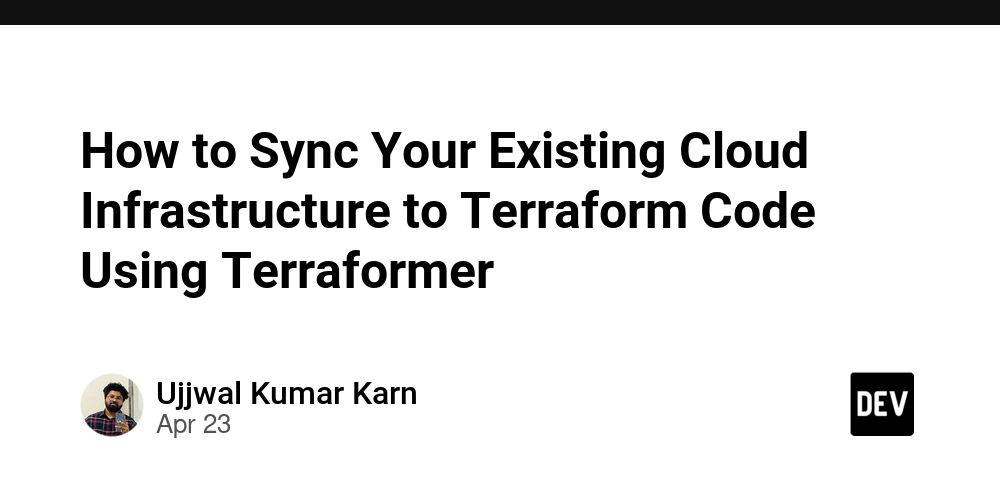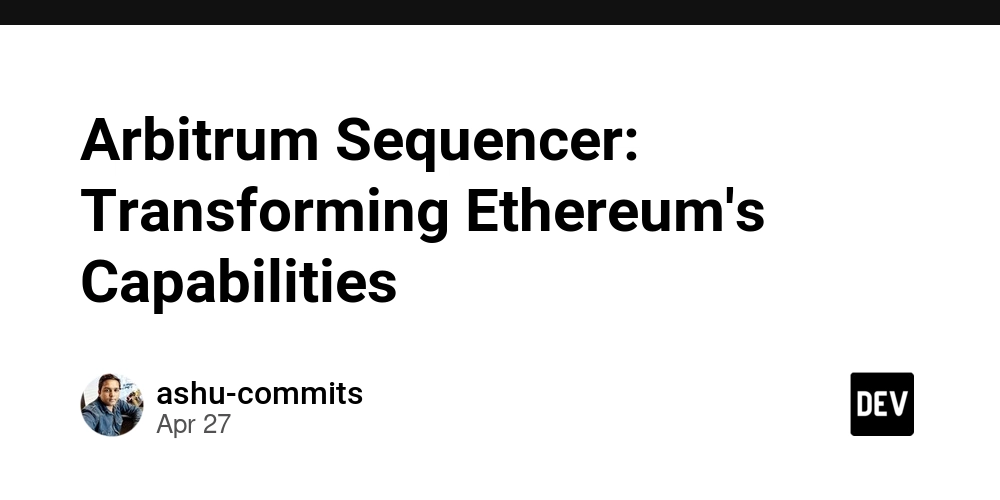Arbitrum and Cross‑Chain Messaging: Pioneering the Future of Blockchain Interoperability
Abstract Arbitrum is spearheading a revolution in blockchain technology with its layer‑2 scaling innovations, cross‑chain messaging, and enhanced liquidity. This post explores the evolution and technical principles behind Arbitrum, delving into its use of Optimistic Rollups, EVM‑compatibility, and secure bridging protocols. We also examine practical applications—from DeFi to NFT marketplaces—address associated challenges, and forecast future trends in blockchain interoperability. Throughout the article, we highlight key functionalities, provide structured tables and bullet lists for clarity, and include authoritative links such as Arbitrum and Blockchain Interoperability and Zero‑Knowledge Proofs on Blockchain. Introduction In today’s rapidly evolving digital landscape, blockchain technologies are continuously redefining finance, governance, and digital communications. Layer‑2 scaling solutions like Arbitrum are addressing long‑standing issues on Ethereum such as high gas fees and network congestion. Their breakthrough approach not only improves scalability but also enables cross‑chain messaging and smart contract interoperability across disparate networks. This post explains how Arbitrum leverages Optimistic Rollups, secure bridging protocols, and EVM compatibility to foster a cohesive blockchain ecosystem. We explore its background, core features, applications, challenges, and future outlook while ensuring that technical details remain accessible and SEO‑friendly. Background and Context Blockchain technology began with Bitcoin and later expanded to accommodate versatile applications beyond digital currencies. Ethereum’s robust platform fueled the creation of decentralized applications (DApps); however, its scalability issues eventually hindered mainstream adoption. Arbitrum, developed by Offchain Labs, emerged as an innovative layer‑2 scaling solution that tackles these inefficiencies. Its inception is rooted in addressing the following needs: Scalability Needs: Ethereum’s high transaction fees and slow processing times create bottlenecks that require layer‑2 solutions. Interoperability Demands: As different blockchains emerge, brief silos hinder free asset and data exchange. Cross‑chain messaging helps connect these disparate systems. Smart Contract Interoperability: With its EVM‑compatibility, Arbitrum allows existing Ethereum smart contracts to transition seamlessly to a more scalable platform. At its core, Arbitrum employs Optimistic Rollups—a method that aggregates off‑chain transactions and posts only essential proofs on‑chain. This method preserves decentralization while significantly reducing gas fees. As blockchain ecosystems continue to diversify, interoperability is increasingly vital. Early solutions like centralized exchanges and centralized token bridges often compromised security or decentralization. Today, trustless bridging protocols, secure message relayers, and consensus mechanisms have emerged as critical components in fostering a truly integrated blockchain environment. For a deeper dive into the technical foundations of these concepts, check out Blockchain Scalability Solutions and Zero‑Knowledge Proofs on Blockchain. Core Concepts and Features Arbitrum’s success in transforming blockchain interactions lies in several key concepts: 1. Optimistic Rollups At the heart of Arbitrum are Optimistic Rollups. This technology compresses multiple transactions off‑chain into a single batch that is then submitted to Ethereum’s mainnet. The term “optimistic” is used because transactions are assumed to be valid unless proven otherwise through fraud proofs. In case of disputes, a verification mechanism ensures the integrity of the data. Key benefits of Optimistic Rollups include: Efficiency: A significant reduction in the on‑chain data footprint. Cost‑Effectiveness: Lower gas fees compared to the Ethereum mainnet. Robust Security: Dispute resolution through cryptographic proofs maintains data integrity. 2. Smart Contract Interoperability Arbitrum’s EVM‑compatibility allows for seamless migration of existing Ethereum smart contracts. This means that developers do not need to rewrite applications from scratch when transitioning to a more scalable environment. It supports: Ease of Migration: Minimal code adjustments facilitate rapid deployment. Interoperability: Enables communication between smart contracts on different blockchains. Flexibility: Well-suited for applications in DeFi, NFT markets, and even governance models. Learn more about Arbitrum’s compatibility through the detailed exploration of Arbitrum and EVM Compatibility. 3. Cross‑Chain Messaging and Bridging Protocols A standout feature of Arbitrum is its capability for cross‑chain messaging. This enables secure asset and data transfers between isolated blockchain networks. The key components are: Message Relayers: These are
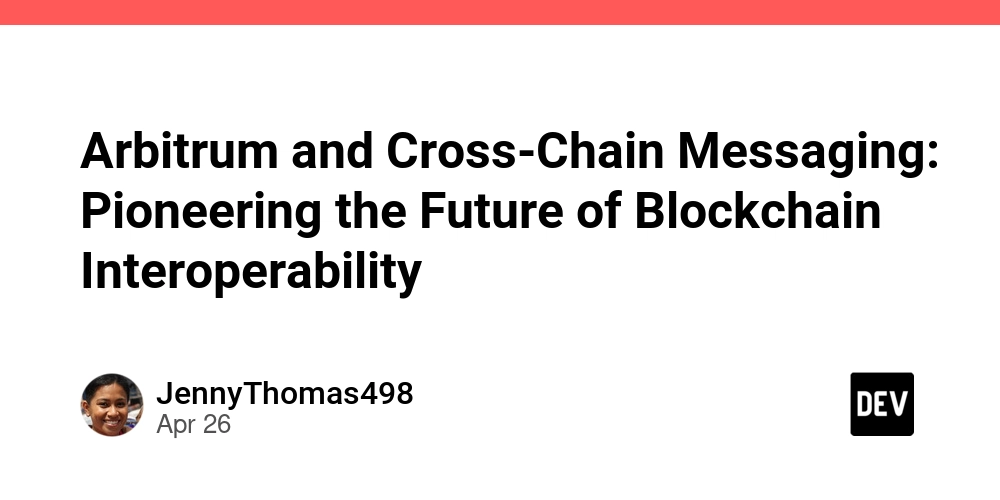
Abstract
Arbitrum is spearheading a revolution in blockchain technology with its layer‑2 scaling innovations, cross‑chain messaging, and enhanced liquidity. This post explores the evolution and technical principles behind Arbitrum, delving into its use of Optimistic Rollups, EVM‑compatibility, and secure bridging protocols. We also examine practical applications—from DeFi to NFT marketplaces—address associated challenges, and forecast future trends in blockchain interoperability. Throughout the article, we highlight key functionalities, provide structured tables and bullet lists for clarity, and include authoritative links such as Arbitrum and Blockchain Interoperability and Zero‑Knowledge Proofs on Blockchain.
Introduction
In today’s rapidly evolving digital landscape, blockchain technologies are continuously redefining finance, governance, and digital communications. Layer‑2 scaling solutions like Arbitrum are addressing long‑standing issues on Ethereum such as high gas fees and network congestion. Their breakthrough approach not only improves scalability but also enables cross‑chain messaging and smart contract interoperability across disparate networks. This post explains how Arbitrum leverages Optimistic Rollups, secure bridging protocols, and EVM compatibility to foster a cohesive blockchain ecosystem. We explore its background, core features, applications, challenges, and future outlook while ensuring that technical details remain accessible and SEO‑friendly.
Background and Context
Blockchain technology began with Bitcoin and later expanded to accommodate versatile applications beyond digital currencies. Ethereum’s robust platform fueled the creation of decentralized applications (DApps); however, its scalability issues eventually hindered mainstream adoption.
Arbitrum, developed by Offchain Labs, emerged as an innovative layer‑2 scaling solution that tackles these inefficiencies. Its inception is rooted in addressing the following needs:
- Scalability Needs: Ethereum’s high transaction fees and slow processing times create bottlenecks that require layer‑2 solutions.
- Interoperability Demands: As different blockchains emerge, brief silos hinder free asset and data exchange. Cross‑chain messaging helps connect these disparate systems.
- Smart Contract Interoperability: With its EVM‑compatibility, Arbitrum allows existing Ethereum smart contracts to transition seamlessly to a more scalable platform.
At its core, Arbitrum employs Optimistic Rollups—a method that aggregates off‑chain transactions and posts only essential proofs on‑chain. This method preserves decentralization while significantly reducing gas fees. As blockchain ecosystems continue to diversify, interoperability is increasingly vital. Early solutions like centralized exchanges and centralized token bridges often compromised security or decentralization. Today, trustless bridging protocols, secure message relayers, and consensus mechanisms have emerged as critical components in fostering a truly integrated blockchain environment.
For a deeper dive into the technical foundations of these concepts, check out Blockchain Scalability Solutions and Zero‑Knowledge Proofs on Blockchain.
Core Concepts and Features
Arbitrum’s success in transforming blockchain interactions lies in several key concepts:
1. Optimistic Rollups
At the heart of Arbitrum are Optimistic Rollups. This technology compresses multiple transactions off‑chain into a single batch that is then submitted to Ethereum’s mainnet. The term “optimistic” is used because transactions are assumed to be valid unless proven otherwise through fraud proofs. In case of disputes, a verification mechanism ensures the integrity of the data.
Key benefits of Optimistic Rollups include:
- Efficiency: A significant reduction in the on‑chain data footprint.
- Cost‑Effectiveness: Lower gas fees compared to the Ethereum mainnet.
- Robust Security: Dispute resolution through cryptographic proofs maintains data integrity.
2. Smart Contract Interoperability
Arbitrum’s EVM‑compatibility allows for seamless migration of existing Ethereum smart contracts. This means that developers do not need to rewrite applications from scratch when transitioning to a more scalable environment. It supports:
- Ease of Migration: Minimal code adjustments facilitate rapid deployment.
- Interoperability: Enables communication between smart contracts on different blockchains.
- Flexibility: Well-suited for applications in DeFi, NFT markets, and even governance models.
Learn more about Arbitrum’s compatibility through the detailed exploration of Arbitrum and EVM Compatibility.
3. Cross‑Chain Messaging and Bridging Protocols
A standout feature of Arbitrum is its capability for cross‑chain messaging. This enables secure asset and data transfers between isolated blockchain networks. The key components are:
- Message Relayers: These are trusted intermediaries that securely transmit messages across chains.
- Consensus and Dispute Resolution Mechanisms: They ensure that cross‑chain transactions remain secure and tamper‑proof.
- Bridging Protocols: Trustless bridges reduce risks like double‑spending and replay attacks.
4. Integration with Cross‑Chain Liquidity
The ability to move assets seamlessly across blockchain networks is crucial for modern decentralized finance (DeFi). Arbitrum integrates bridging protocols that support cross‑chain liquidity. This allows for:
- Real‑Time Asset Transfers: Users can benefit from low‑latency transactions across various liquidity pools.
- Enhanced Decentralized Exchanges (DEXs): Trading experiences improve due to lower fees and reduced slippage.
- Yield Farming and Collateralization: Seamless asset transfers empower better liquidity management.
Technical Architecture Overview
Below is a table summarizing the core architectural components of Arbitrum:
| Component | Description | Benefit |
|---|---|---|
| Optimistic Rollups | Batch processing off‑chain with on‑chain data proofs. | Higher throughput and lower gas fees. |
| EVM Compatibility | Supports Ethereum smart contracts with minimal code changes. | Easy migration for existing DApps. |
| Message Relayers | Secure intermediaries for cross‑chain message propagation. | Maintains data consistency and security. |
| Bridging Protocols | Trustless bridges ensuring safe asset and data exchange. | Enables true interoperability. |
| Consensus Mechanisms | Cryptographic proofs and dispute resolution processes. | Preserves network security and decentralization. |
5. Developer-Friendly Environment
Arbitrum is designed with developers in mind. It provides extensive documentation and robust tools to facilitate the development and migration of DApps. Key advantages include:
- Rapid Development: Streamlined processes for deploying DApps on a scalable network.
- Community Support: An active developer ecosystem promoting open‑source contributions.
- Innovation Catalyst: Lower transaction fees and enhanced scalability inspire new application concepts.
For insights on community-led projects and developer-centric innovations, visit Arbitrum and Community Governance.
Applications and Use Cases
Arbitrum’s advancements in cross‑chain messaging and liquidity integration unlock numerous practical applications. Below are some examples spanning different sectors:
Decentralized Finance (DeFi) Innovations
DeFi platforms thrive on efficient, low‑latency transactions. Arbitrum’s scalable infrastructure benefits DeFi applications by:
- Lending and Borrowing: Deploy protocols that allow users to transfer collateral across chains securely.
- Yield Farming: Lower fees and faster processing enable more complex yield farming strategies.
- Decentralized Exchanges (DEXs): Faster asset transfers reduce slippage and trading fees, enhancing the user experience.
A practical example is a decentralized lending protocol wherein a user transfers tokens from Ethereum to Arbitrum via a secure bridge. Once on Arbitrum, the protocol leverages efficient processing for lending, which later facilitates collateralization on another chain. Check out Arbitrum and DeFi Yield for a complete case study.
Cross‑Chain NFT Marketplaces
NFTs are more than just digital collectibles; they are a gateway to digital ownership and interoperability. With Arbitrum’s cross‑chain messaging features, NFTs can be:
- Transferred Seamlessly: NFT assets move between chains while preserving authenticity.
- Traded in Expanded Markets: Access to a broader audience enhances liquidity and trade volumes.
- Secured Using Cryptographic Proofs: Techniques similar to zero‑knowledge proofs ensure the authenticity and security of NFT transactions.
The integration of Arbitrum has resulted in marketplaces that offer reduced transaction fees and improved throughput, making NFT marketplaces more accessible and engaging.
Supply Chains and IoT Integration
Blockchain technology is not limited to finance or art. Arbitrum’s cross‑chain messaging enhances supply chain management and Internet of Things (IoT) applications by:
- Real‑Time Data Exchange: IoT devices report status updates across secure blockchain networks.
- Asset Tracking: Reliable transfer and verification of data boost transparency across the supply chain.
- Interoperability: Bridging protocols allow integration with ERP systems for improved logistics management.
Key Benefits Summary (Bullet List)
- Scalability and Efficiency: The use of Optimistic Rollups drastically improves transaction throughput while reducing gas fees.
- Enhanced Security: Cryptographic proofs and dispute resolution ensure secure cross‑chain messaging.
- Seamless Interoperability: EVM‑compatibility and secure bridges allow smart contracts and assets to move freely between networks.
- Cost Effectiveness: Lower transaction and bridging fees make blockchain solutions more economically sustainable.
- Developer Accessibility: Robust tools and community support empower developers to innovate quickly.
Challenges and Limitations
While Arbitrum is pioneering blockchain interoperability, several challenges remain:
Security Concerns
- Bridge Vulnerabilities: Although trustless bridges reduce risk, they may still be susceptible to attacks such as double‑spending or replay attacks.
- Reliance on Fraud Proofs: The optimistic model depends on prompt fraud proof submissions. Any delays could compromise security.
- Cross‑Chain Attack Surfaces: With more networks being connected, vulnerabilities from one chain could potentially impact others. Continuous security audits and community-driven reviews are essential.
Technical and Scalability Hurdles
- Latency Issues: Although transaction speed is improved, cross‑chain messages issued from different networks may experience latency.
- Lack of Universal Standards: The blockchain ecosystem continues to evolve with no single standard for messaging protocols. This creates an environment of fragmented solutions.
- Resource Allocation: Balancing performance and decentralization when transaction volumes surge remains a complex challenge.
Adoption and User Experience
- Developer Onboarding: Despite EVM‑compatibility ease, developers must familiarize themselves with new paradigms in cross‑chain liquidity and messaging protocols.
- User Education: End users may be unfamiliar with the intricacies of layer‑2 scaling or cross‑chain transferring. Intuitive interfaces and comprehensive documentation can help bridge this knowledge gap.
- Fee Structure Optimization: While overall gas fees are lower, optimizing fee structures for bridging and relaying protocols requires continuous refinement.
For a deeper exploration of these challenges, see Arbitrum Challenges.
Regulatory and Ecosystem Uncertainties
- Compliance Risks: With evolving regulatory frameworks around blockchain technology, legal ambiguities can impact deployment choices.
- Fragmented Ecosystems: The existence of multiple, non‑standardized bridging solutions could potentially splinter the blockchain community.
- Governance Complexities: Decentralized governance models must evolve to efficiently resolve disputes and institute rapid updates.
Future Outlook and Innovations
The future of blockchain interoperability looks promising, with innovations like Arbitrum paving the way. Several emerging trends and future possibilities include:
Emerging Trends
- Advanced Cryptography: Continued advancements in cryptographic methods such as zero‑knowledge proofs will further secure cross‑chain communication.
- Layer‑3 Solutions: Beyond layer‑2 scaling, layer‑3 services could offer micro‑services that optimize interoperability and customization.
- Standardization Initiatives: Industry‐wide efforts to create universal standards will help streamline development across networks, promoting seamless integration.
Future Innovations on the Horizon
Arbitrum and similar platforms are expected to drive innovations in various areas:
- Seamless Asset Tokenization: Rapid conversion of real‑world assets into digital tokens can boost cross‑chain liquidity and broaden asset management options.
- Enhanced Decentralized Governance: More agile governance models could allow for real‑time updates and improved recovery mechanisms from security breaches.
- Interoperable NFT Marketplaces: Future NFT platforms may natively support cross‑chain transfers and verification, driving growth in digital art and collectibles.
- Integration with AI and Machine Learning: AI techniques could optimize fraud detection and network resource allocation while further enhancing security.
Developer and Ecosystem Impact
The integration of scalable solutions like Arbitrum is expected to:
- Improve User Experiences: Faster transactions, lower fees, and seamless interoperability will attract a wider pool of users.
- Boost Developer Activity: The availability of robust tools and strong community support will foster innovation and encourage more open‑source contributions.
- Strengthen Network Resilience: As protocols mature and standardization advances, the overall blockchain network will be better equipped to handle high transaction loads and complex cross‑chain operations.
Check out Arbitrum and Cross‑Chain Liquidity for deeper insights on how liquidity flows across networks, and refer to this Arbitrum and Community Governance article for additional details on how decentralized decision‑making is evolving.
Further perspectives on similar trends in the developer space can be found in posts like Arbitrum and Community Governance: Pioneering Decentralized Decision‑Making and License Token: A New Dawn in Open‑Source Funding.
Summary
Arbitrum is a transformative force in the blockchain space, tackling longstanding issues related to scalability and cross‑chain interoperability. By leveraging Optimistic Rollups, EVM‑compatibility, and secure bridging protocols, Arbitrum not only reduces transaction costs and speeds up processing but also facilitates seamless cross‑chain messaging and liquidity.
Key points in this post include:
- Background and Context: A review of blockchain evolution and the emergence of layer‑2 solutions.
- Core Concepts and Features: Detailed coverage of Optimistic Rollups, smart contract interoperability, and cross‑chain messaging.
- Applications and Use Cases: Practical examples across DeFi, NFT marketplaces, and IoT/supply chain management.
- Challenges and Limitations: A balanced look at security concerns, technical and adoption hurdles, and regulatory uncertainties.
- Future Outlook and Innovations: Forecasting advanced cryptographic techniques, new governance models, and emerging standards for a more interconnected blockchain ecosystem.
In conclusion, Arbitrum is not just a technological upgrade—it is a catalyst for change in the broader blockchain ecosystem. Its focus on reducing costs, enhancing security, and enabling interoperability makes it a key player in the future of decentralized finance and digital asset management. As the industry continues to evolve, embracing these scalable, secure solutions will be essential for developers, enterprises, and users alike.
For further technical exploration, you can refer to the original article on Arbitrum Bridge as well as additional resources like The Future of Open‑Source with Blockchain Integration.
Final Thoughts
The convergence of scalable layer‑2 solutions, cross‑chain messaging, and smart contract interoperability is reshaping the blockchain landscape. With Arbitrum leading the charge, we are witnessing an era where isolated blockchains merge to form a unified, resilient, and efficient ecosystem. For developers and enthusiasts eager to explore the latest in blockchain innovation, embracing these technologies offers a promising pathway to bridging digital economies securely and efficiently.
As the next wave of blockchain advancements unfold, continuous improvements in standards, security, and governance will be crucial. By staying informed and contributing to the evolution of open‑source projects, stakeholders can propel these innovations forward, fostering a future that is interconnected, decentralized, and robust.
Embrace the innovation, join the conversation, and become part of a global movement driving blockchain interoperability into the future.
Happy coding and exploring!































































































































































![[The AI Show Episode 143]: ChatGPT Revenue Surge, New AGI Timelines, Amazon’s AI Agent, Claude for Education, Model Context Protocol & LLMs Pass the Turing Test](https://www.marketingaiinstitute.com/hubfs/ep%20143%20cover.png)












































































































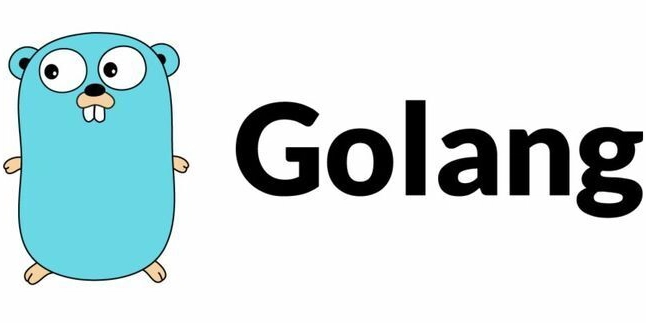

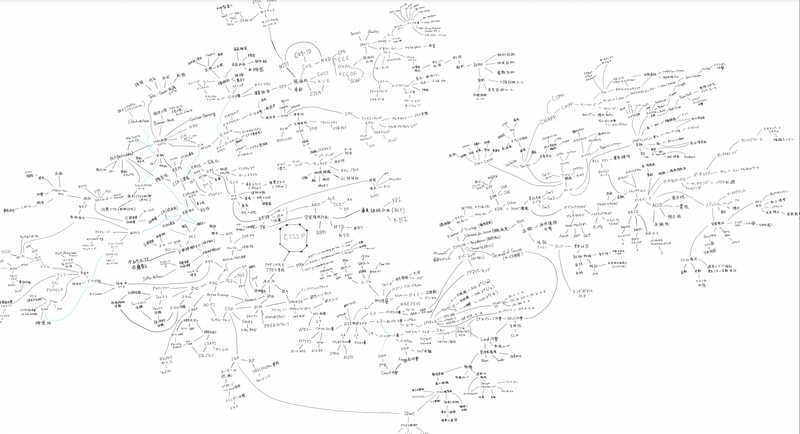












![[FREE EBOOKS] AI and Business Rule Engines for Excel Power Users, Machine Learning Hero & Four More Best Selling Titles](https://www.javacodegeeks.com/wp-content/uploads/2012/12/jcg-logo.jpg)










































































































































































































































![Hostinger Horizons lets you effortlessly turn ideas into web apps without coding [10% off]](https://i0.wp.com/9to5mac.com/wp-content/uploads/sites/6/2025/04/IMG_1551.png?resize=1200%2C628&quality=82&strip=all&ssl=1)




![This new Google TV streaming dongle looks just like a Chromecast [Gallery]](https://i0.wp.com/9to5google.com/wp-content/uploads/sites/4/2025/04/thomson-cast-150-google-tv-1.jpg?resize=1200%2C628&quality=82&strip=all&ssl=1)












![Apple Drops New Immersive Adventure Episode for Vision Pro: 'Hill Climb' [Video]](https://www.iclarified.com/images/news/97133/97133/97133-640.jpg)

![Most iPhones Sold in the U.S. Will Be Made in India by 2026 [Report]](https://www.iclarified.com/images/news/97130/97130/97130-640.jpg)

































































































































